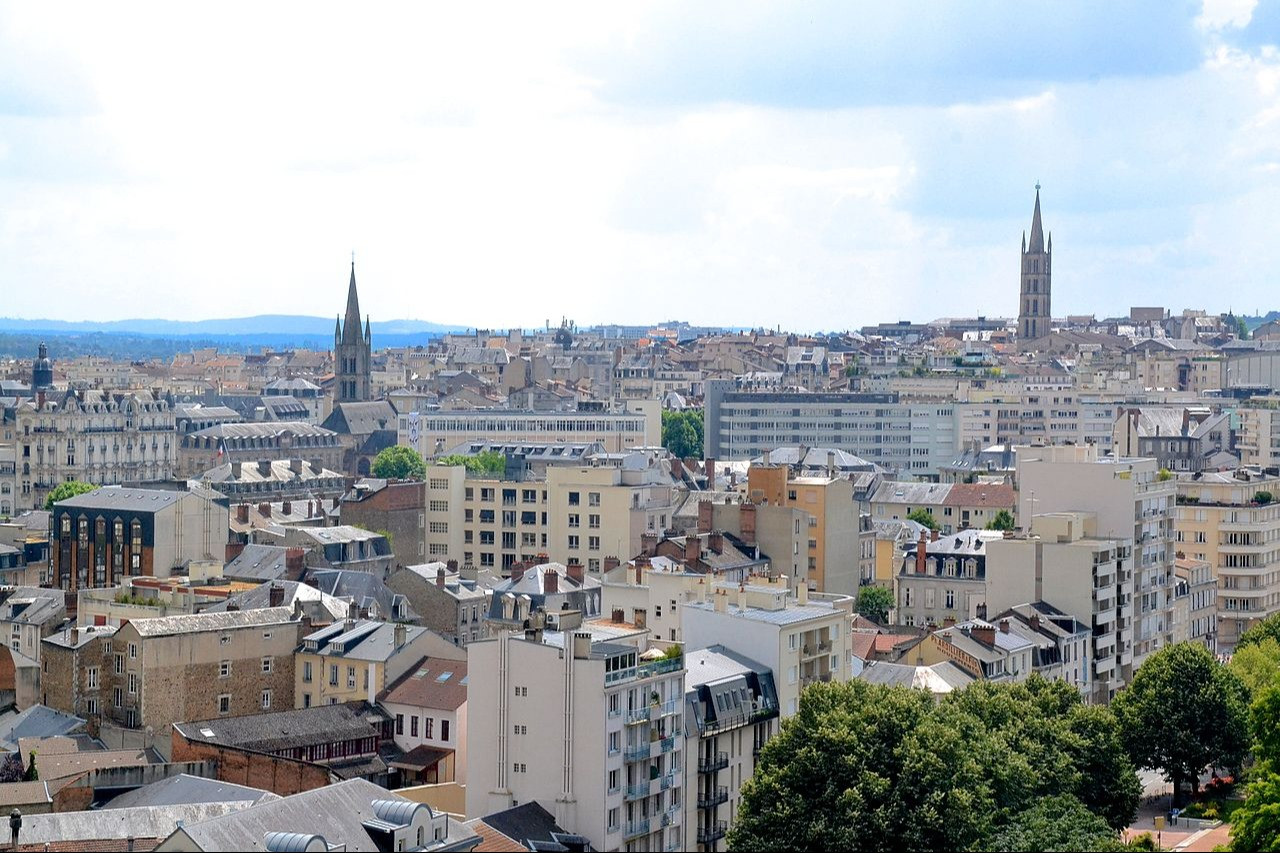1. The Adrien Dubouché National Museum
The tradition of porcelain is honored at the Musée National Adrien Dubouché, named after one of its patrons. The museum boasts the world's largest collection, with an inventory of 18,000 works.
An educational tour begins with a presentation of the different stages in porcelain manufacture, and traces the history of ceramics since Antiquity. 5,000 pieces from the collection are on permanent display. The building also houses the original library for students of the École Nationale des Arts Décoratifs de Limoges, as well as a documentation center and a temporary exhibition space with a variety of activities.
2. Benedictine station
It's one of Limoges' most emblematic buildings. The Gare des Bénédictins is the city's pride and joy, and one of the most beautiful stations in France and Europe. The design of the monument, begun in 1924, was the work of architect Roger Gonthier, who decided to elevate the building. The sculptor Henri Frédéric Varennes was responsible for the limestone decoration, visible both inside and outside the station.
As a tribute to Limoges' role as the capital of the arts of fire, two huge statues represent porcelain and enamel at the main door. Stained-glass windows by master craftsman Francis Chigot let natural light into the station concourse beneath the 31-metre dome topped by a copper cupola. To one side, a bell tower rises to 61 meters, with four large clocks visible from both sides of the city. If you're traveling by air, Limoges Bellegarde airport is just 15 minutes from the Benedictine station.
3. The Limoges underground passages
The medieval city of Limoges abounds in underground passages beneath its cobbled streets. This hidden heritage is preserved by the Tourist Office and the Ville d'Art et d'Histoire department. But some areas are open to the public. A guided tour takes you into the underground passages of the Abbaye de la Règle, where the vaulted cellars bear witness to the skills of medieval builders.
Beneath Place de la République, a crypt built in the 9th century over the tomb of the evangelizer Saint-Martial was unearthed in 1962 during excavations prior to the construction of a parking lot. Having disappeared under Napoleon 1st, the Saint-Martial crypt is now part of Limoges' historical tours, offering another insight into the life of the abbey's monks.
4. The Boucherie district and its chapel
Take a timeless stroll through the heart of Limoges. In the Boucherie district, the narrow streets invite you to stroll among half-timbered houses. Wooden panels and carved stone adorn the storefronts of this street.
Designer and decorator shops, as well as the Canal Gallery, stand side by side with the renowned Boucherie restaurants, which bear witness to the life of yesteryear. This historic district takes its name from the trade that was established here. Generations of butcher families have succeeded one another here.
The Saint-Aurélien chapel is located in the district's central square. The medieval edifice can be recognized by its bell tower covered with chestnut shingles. Inside, you'll find a number of remarkable items, including the relic of the patron saint Aurelien.
5. Casseaux oven
Listed as a historic monument, the Casseaux kiln museum is dedicated to Limoges porcelain. The reverse-flame kiln was built in the 1900s. It is 20 meters high and 8 meters in diameter. This imposing workshop could accommodate up to 15,000 pieces, testifying to the city's art industry.
The building has been transformed into a museum, with a rich collection of archives. Through the photographs on display, it's possible to imagine the work of porcelain factory workers.
6. Les Halles centrales de Limoges
On the Place de la Motte, in Limoges' pedestrian district, stands another listed building. With its impressive metal framework, the Halles centrales de Limoges naturally evokes the work of Gustave Eiffel. The building was designed by two of his disciples: the engineers Pesce and Lévesque.
The structure is an imposing 50 metres long and 35 metres wide. Metal blends with Burgundy bricks and glass roofs. But the halles are also renowned for their porcelain frieze, featuring 368 tiles depicting animals and fruit. And not for nothing. Inside, it's the ideal place to discover local culinary specialties.
7. Saint-Étienne Cathedral and Bishop's Gardens
One of Limoges' architectural gems, Saint-Etienne's Cathedral is a pure masterpiece of the Gothic style. Six centuries separate the beginning and end of its construction, which began in 1273 and was completed in 1888, when the original Romanesque bell tower was attached to the nave. Built in granite, it remains one of the most beautiful ogival cathedrals in the south of France.
Limoges is also one of the greenest urban areas in France. The Jardin de l'Évêché, adjacent to the cathedral, offers a wide range of landscapes over an area of 5 hectares. Take a stroll through the French garden, the ecological area and the botanical garden.

